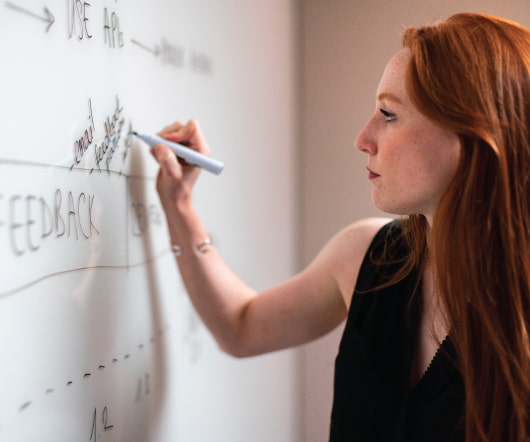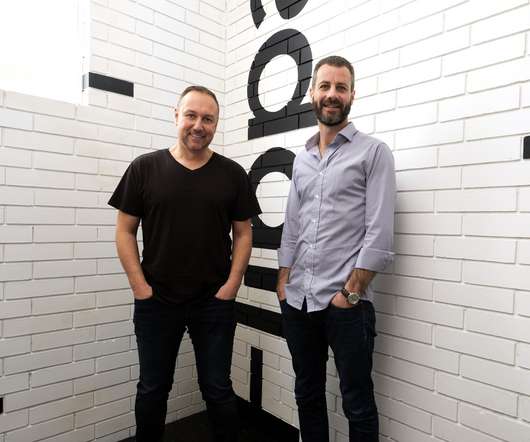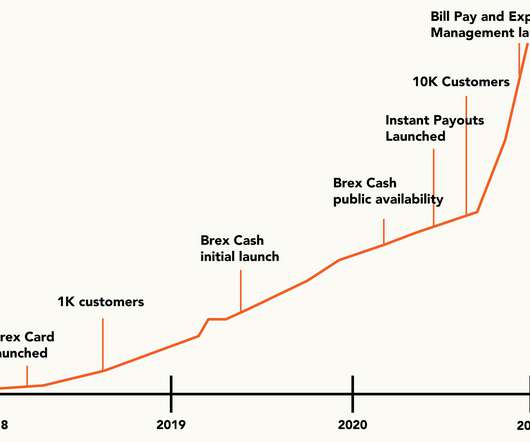What I *Would Have* Said at TechCrunch Disrupt
Both Sides of the Table
SEPTEMBER 27, 2010
What micro VCs need to consider is what happens when several of your companies want to grow and require VC financing? Or when the economy turns downward and they all need financing extensions? We picked up activity aggressively in 2009. In public investing you can get in and out even in a bull market. VC is different.



























Let's personalize your content